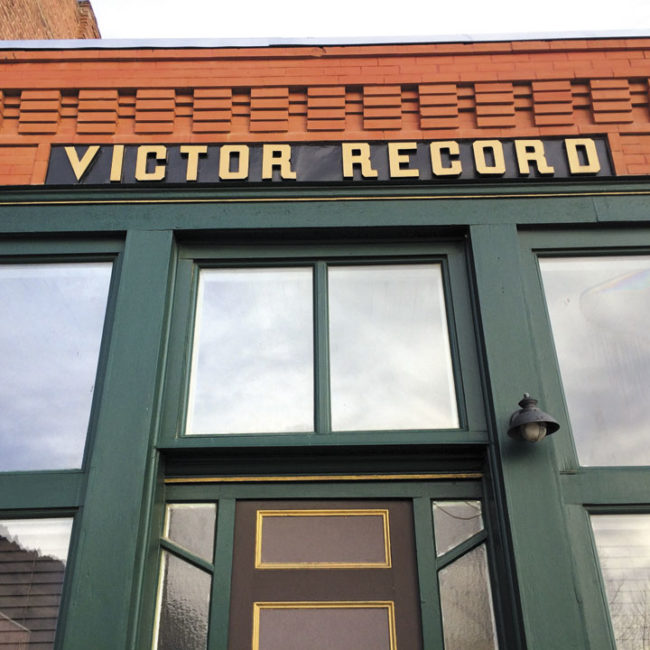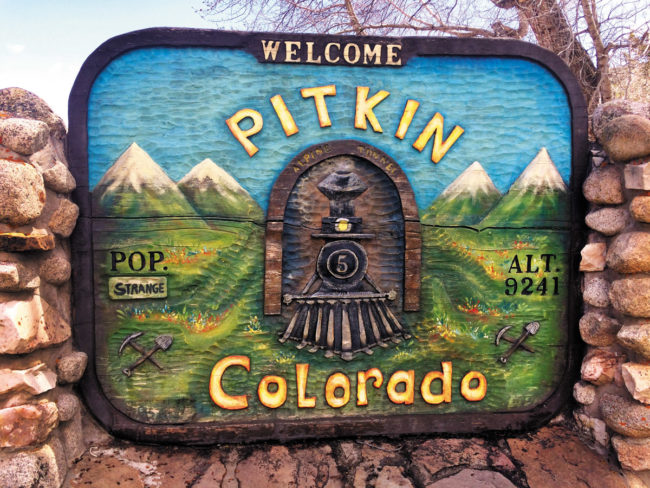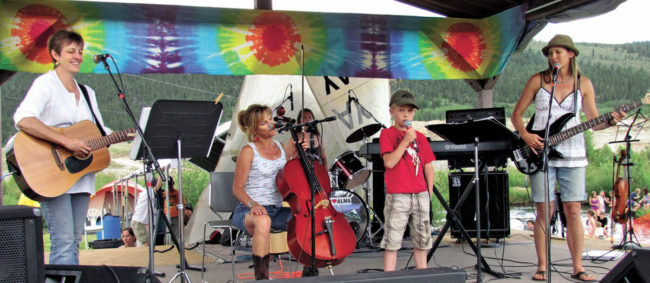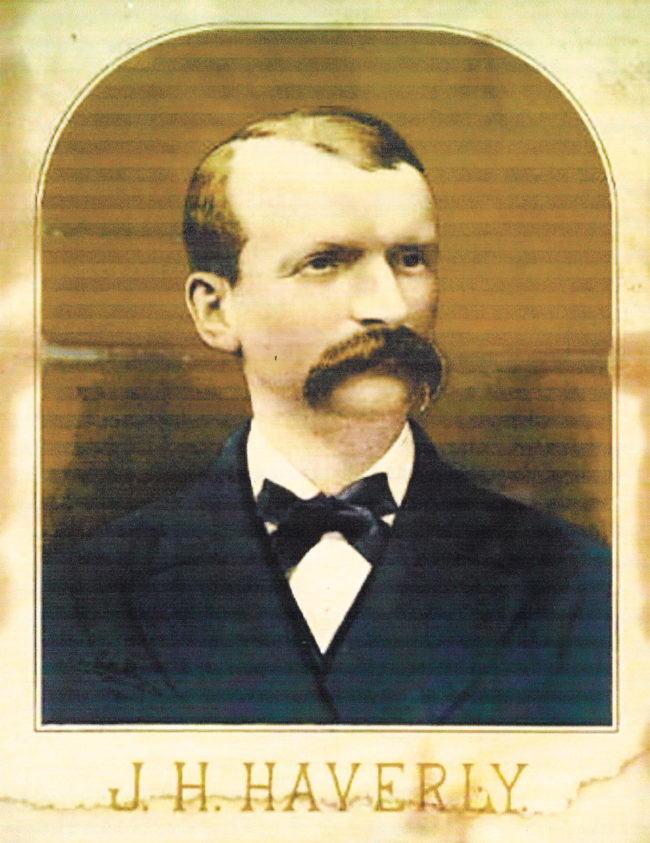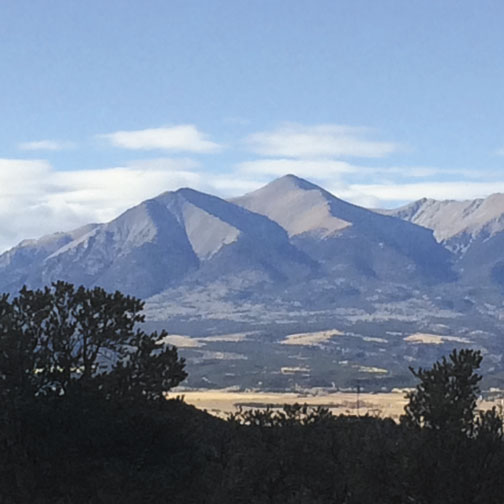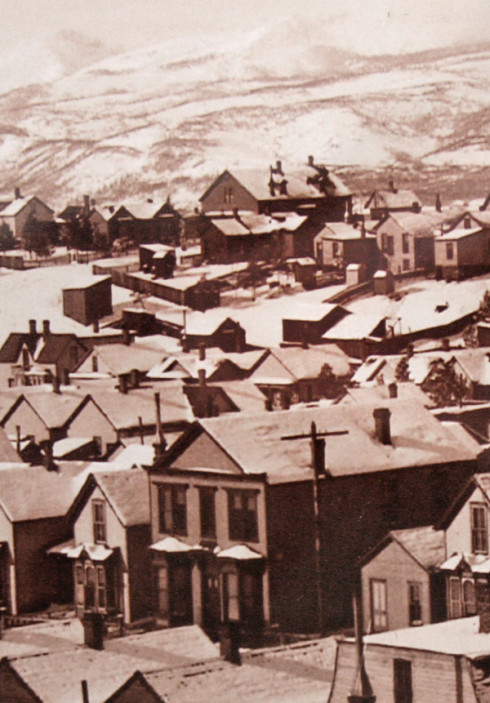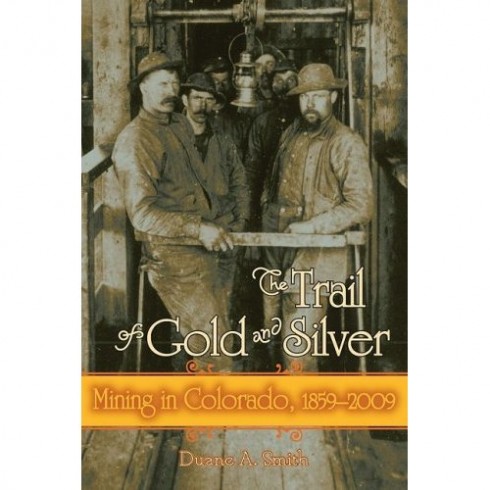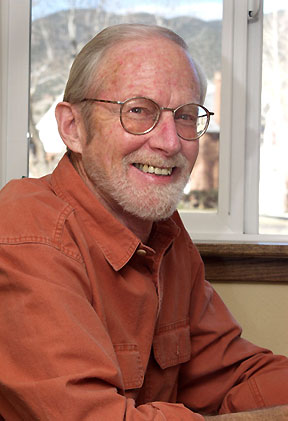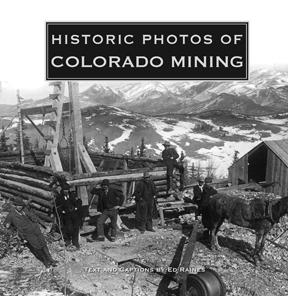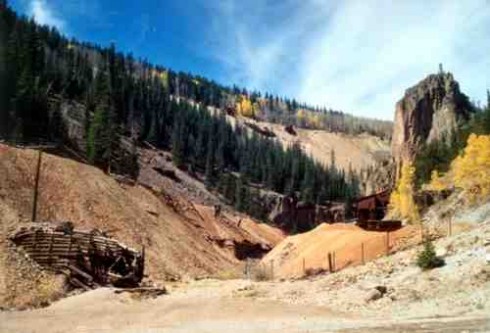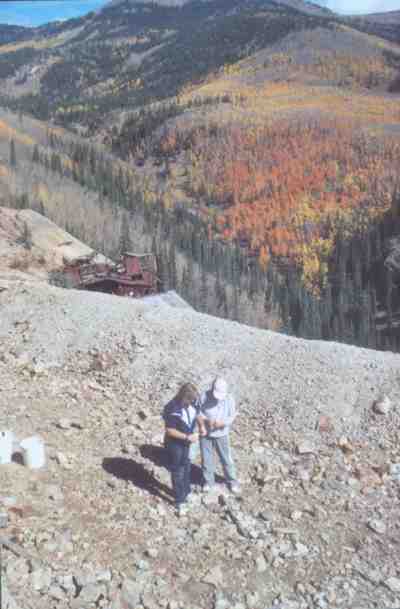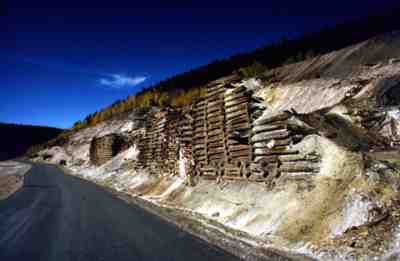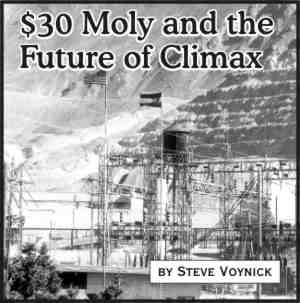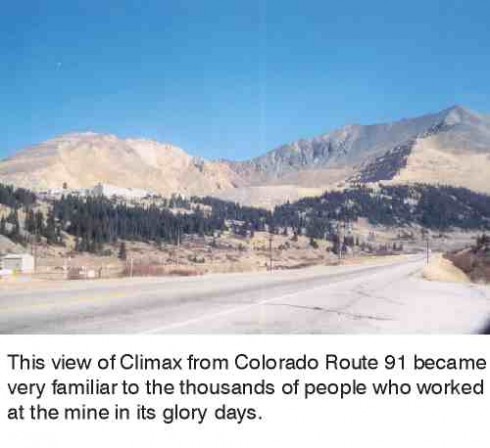By Mike Rosso
Victor, Colorado, is not on the way to anywhere else. To get there requires dedicated purpose.
Those arriving for the first time will discover a time capsule of a town, a place that seems left behind from the modern world, yet still occupied by a hearty citizenry, who seem to prefer living at the proverbial end of the road.
The discovery of gold in the region in 1890 led to the creation of Victor in 1891, the “City of Mines,” along with neighboring Cripple Creek. At its peak around the turn of the century, there were nearly 18,000 residents in Victor and it was once the fourth-largest city in Colorado, but after World War I, the town saw a steep decline due to a labor war, depleted ore and the exodus of miners. The 2010 census has the town at around 397 souls.
In 1985, Victor was designated a national historic district, which led to the arrival of tourists. In 1991 Colorado voters allowed for legalized gambling to occur in certain towns in Colorado and nearby Cripple Creek became one of them, but the residents of Victor opted out, which is one of the reasons the town has maintained its charm and not become an old West facade for casinos like its neighbor to the northwest. Many employees of Cripple Creek’s casinos call Victor home. The Cripple Creek and Victor Mine still operates near town and is the largest current producer of gold in Colorado.
Walking the streets of the town, one is struck by the historic architecture, some of it crumbling, and some in the process of restoration. There is no Starbucks here, but evidence of its mining past is everywhere, in and on the outskirts of town.

